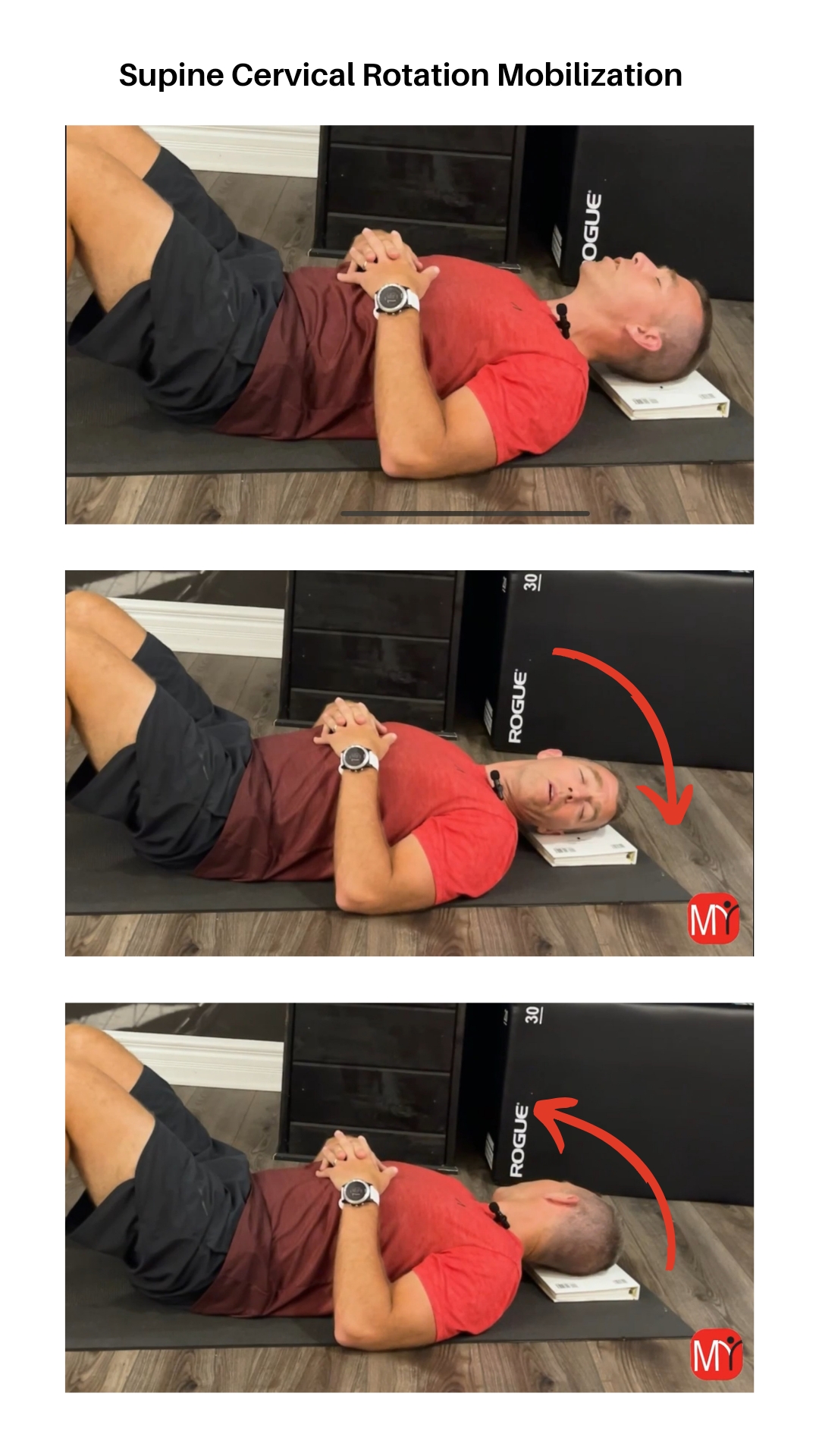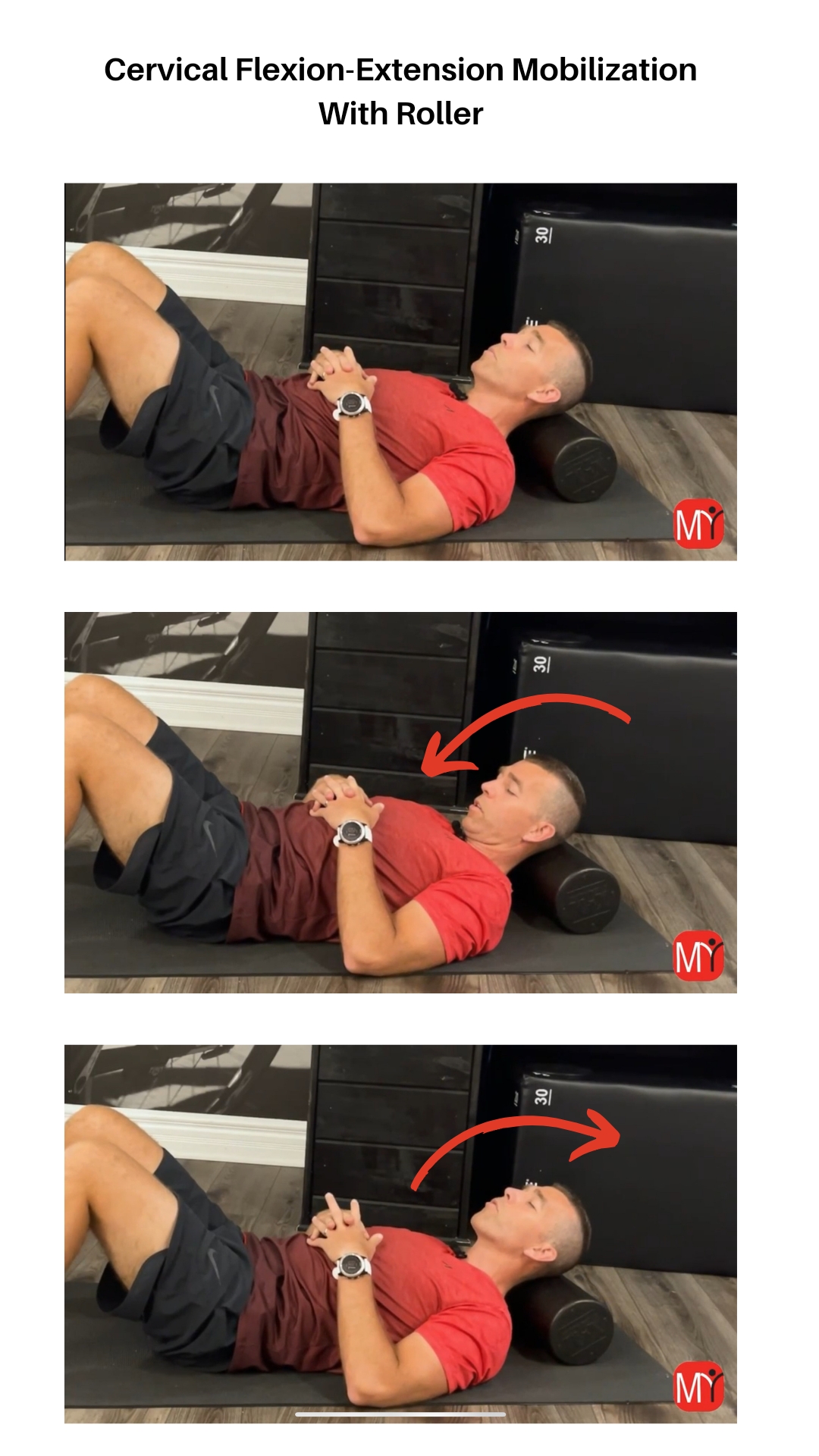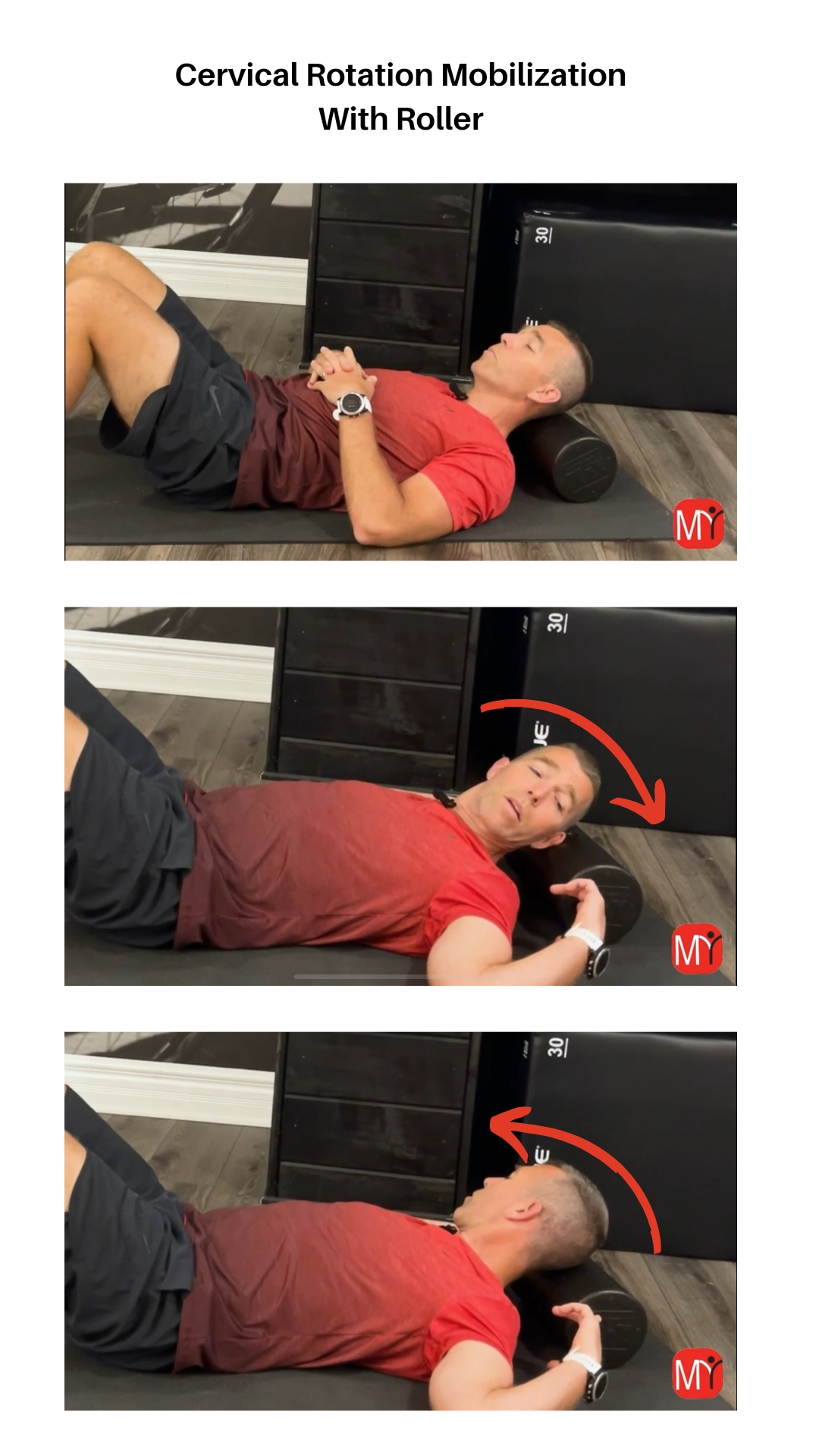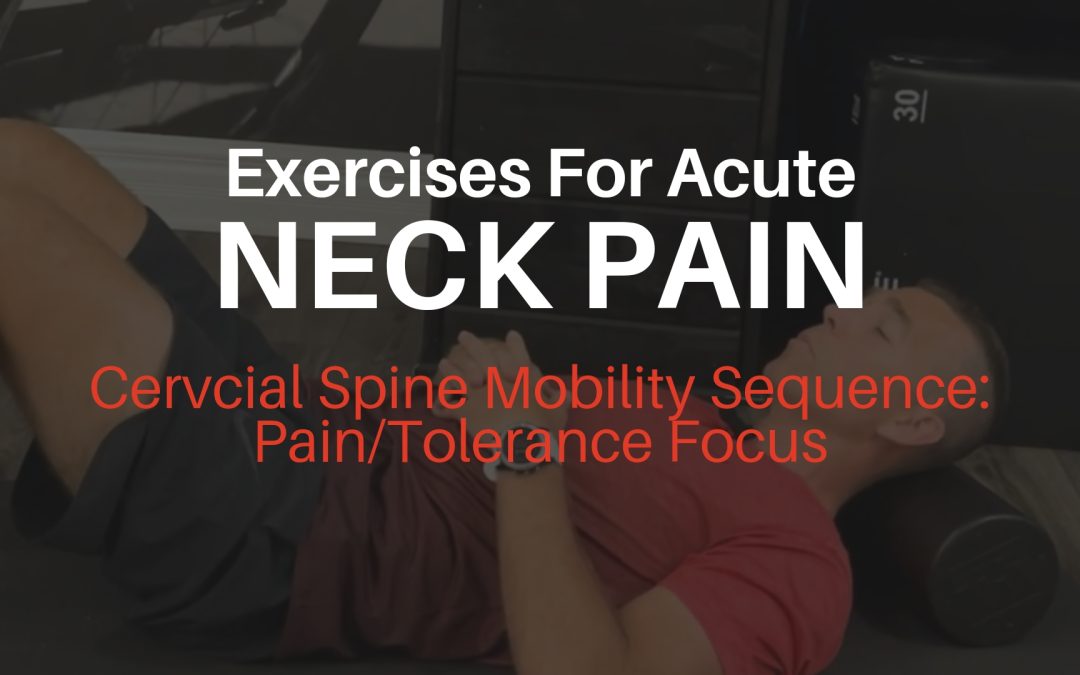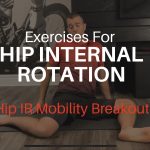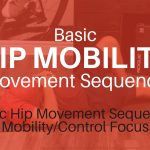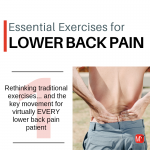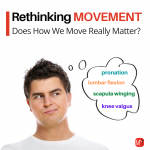In this article I’m going to discuss and review a movement and exercise sequence that can be used when dealing with acute neck pain.
But to understand why we’re using these exercises, and why we’re prescribing them in this specific way, we need to start with some concepts and understand some key goals we’re trying to accomplish here.
Exercises For Neck Pain: Why These Exercises? Why This Way?
Let’s start with some basic background information. Remember, as I have discussed in other articles and videos, when dealing with acute muscle and joint pain, movement – especially movement in the form of specific exercises – can be a powerful stimulus in the initial stages of care.
Remember, through biological processes like mechanotransduction, movement and exercise allows us to communicate with the body.
From a physiological perspective, movement can be a powerful tool to reduce swelling and inflammation, control pain, and guide tissue healing.
But movement can have powerful cognitive and psychological effects as well. This is really where we can help patients understand the meaning of pain, to understand how hurt doesn’t always equate to harm, and how sometimes we need to work into the symptoms as part of the recovery and rehabilitation process.
But beyond these basic physiological and psychological effects, we also need to think of this from a functional perspective. It’s not just pain that matters. We also need to keep the big picture in mind.
What we’re really trying to do with these patients is restore their neck to proper health and full functional capacity. So what we’re really trying to do with our initial treatment and exercise prescription for our neck pain patients, is to develop and re-gain tolerance to basic neck movements.
Movement Is Important – But we need to use movement the right way
Movement is Important, but we need to apply these principles and use movement and exercise in the right way. We don’t just tell our patients to keep moving or to ignore the pain and symptoms.
For movement and exercise to be effective with acute neck pain there are a few key principles that we need to consider.
First, these movements and exercises need to be safe. And we need to be capable of modifying the stimulus intensity.
Yes we need to create and direct movement at the neck as a critical part of our treatment, but we also need to respect the patients symptoms and any potential tissue injury or pathology. We need to control symptoms and guide healing, but we also need to minimize the chances of further injury or a potential flare-up.
So, to do this we are going to base our movements and our exercise prescriptions on head slides. Here we are going to use motion of the head to create and access motion at the neck. This is similar to how we would use pelvic tilt exercises when dealing with back pain and dysfunction. But here we’re applying these principles at the other end of the spine.
This approach is so effective because of the anatomical relationship between the head and the neck. Remember the cervical spine is not a joint, but a series of joints. And if we follow these joints up we know they connect into the base of the head.
In other words, the head forms the final link at the top of the spine. As a result of this anatomical relationship, movement of the head will also create motion through the intervertebral joints of the neck in a top down sequence.
Start With Non-weight Bearing Exercises
Another key thing to keep in mind here is that these exercises can and will be performed in supine, non-weight bearing postures. This minimizes the compressive forces on the spine itself, making the loads safer in the initial stages of care.
Active Motion Is Better Than Passive Stretching
Lastly, note that these are not static stretches, they’re active motions that utilize the deep muscles that surround the neck to drive the motion. Again, this will help to target motion at the individual joint segments, but these contract-relax cycles can also be helpful with modulating pain and working to pump and flush swelling and inflammatory chemicals away from the area.
Furthermore, being active movements, we can control the force and intensity of the motion and the range used far better than we can with a passive or static stretch.
So what I’m going to do from here is review the exercises themselves. Once I’ve gone through all of the exercises, I’ll wrap up the video by talking about key programming and progression criteria. That’s where we’ll talk about things like how many sets and reps, optimal exercise frequency, and what’s OK and not OK as far as any symptoms the patient may experience during the exercises. I’ll also cover when you know you’re ready to progress onto the next level of exercises.
And just as one last FYI, if you are a MRC subscriber and you use our exercise prescription software, you can find this movement sequence in the Exercise Groups section under the title Basic Neck Mobility Sequence: Pain/Mobility Focus.
Exercises For Neck Pain

